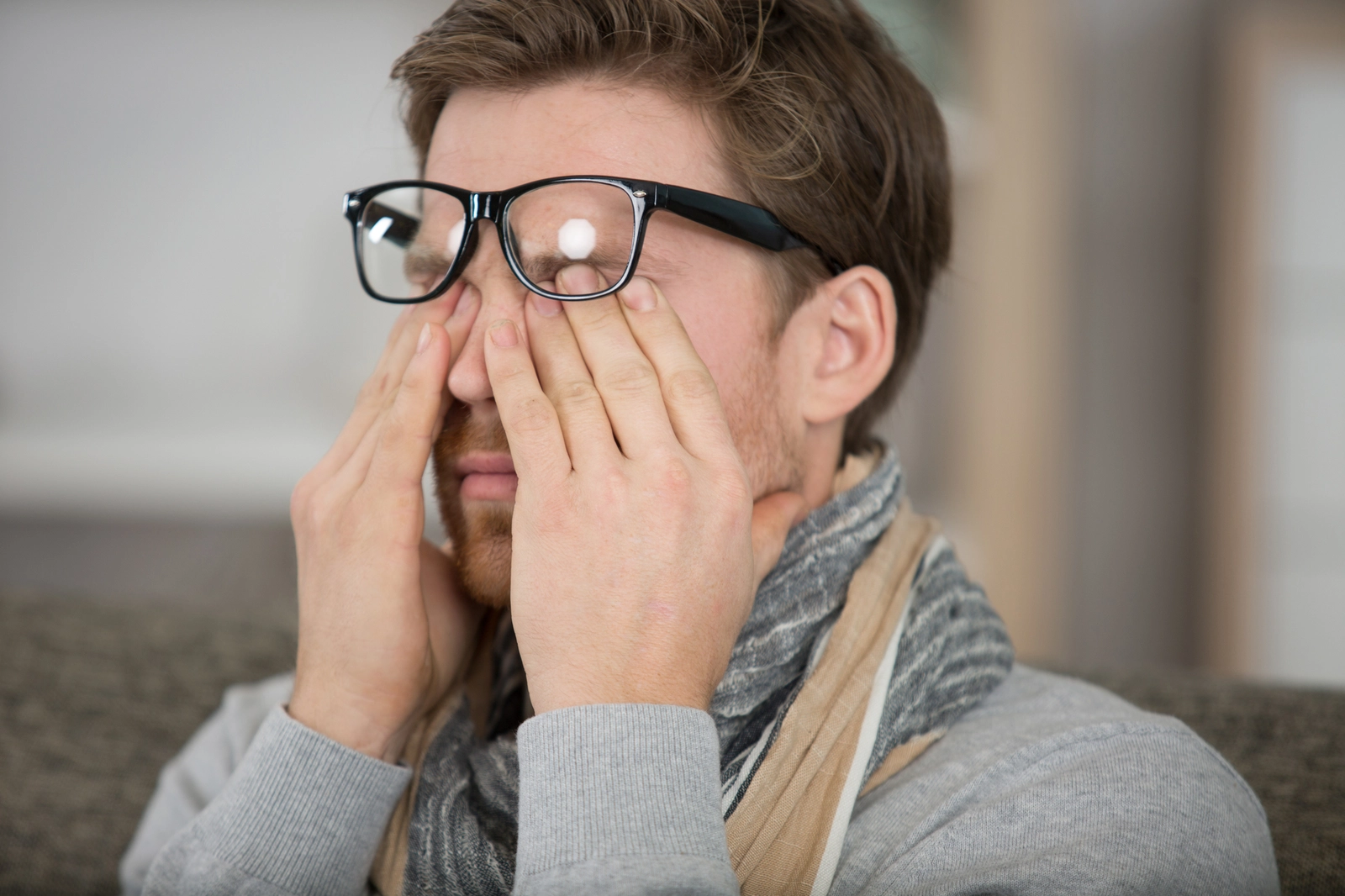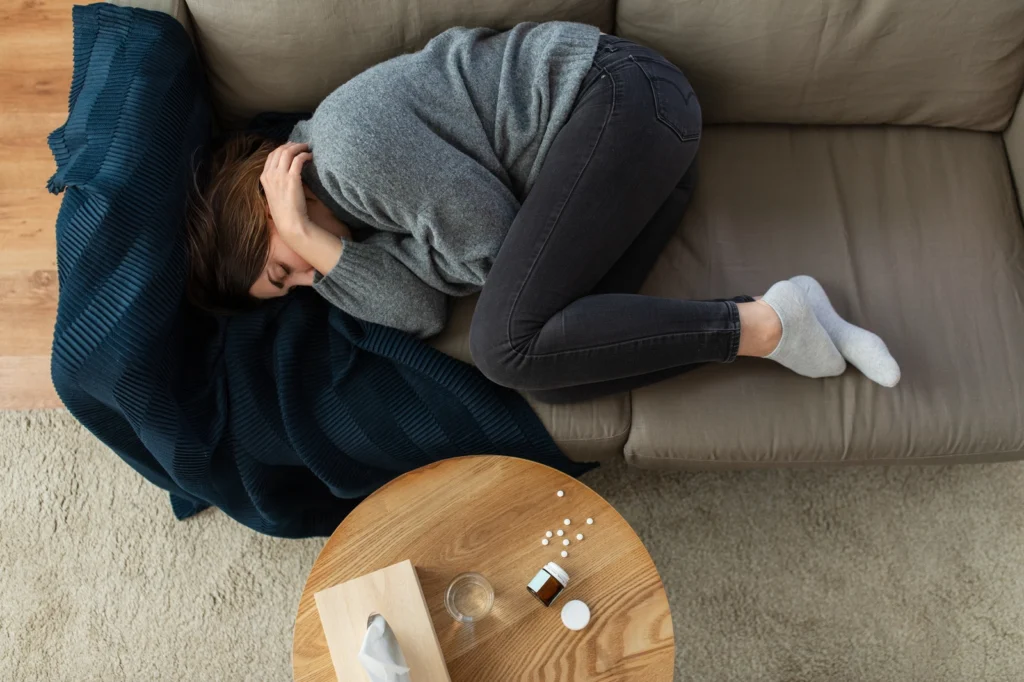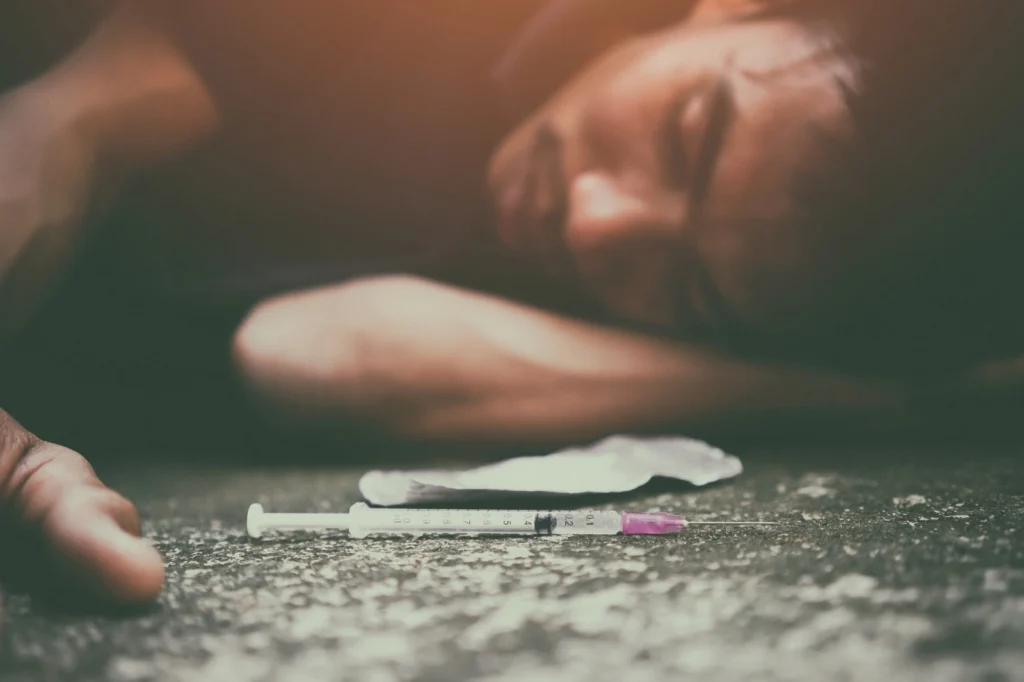Do Muscle Relaxers Make You Sleepy? Understanding the Side Effects

Muscle relaxers, such as cyclobenzaprine (Amrix) and metaxalone, are often prescribed for people who suffer from relentless muscle tension, spasticity, and spasms. Several types of muscle relaxers work in different ways, but many cause drowsiness as a side effect that can be dangerous.
Key Points
- Muscle relaxers are prescribed for people who suffer from muscle pain, tension, spasticity, and spasms to help with relaxation.
- Several types of muscle relaxers work differently and treat different conditions, but most have drowsiness as a side effect.
- Muscle relaxers have additional risks like abuse or overdose, which are worsened by mixing the drug with alcohol or other CNS depressants.
- It’s important to be cautious with muscle relaxers and avoid driving or operating heavy machinery until you know how the drug affects you.
What Are Muscle Relaxers?
Muscle relaxers or muscle relaxants are prescription medications that affect muscle function. They’re often prescribed to treat several symptoms, such as muscle spasms, spasticity, and musculoskeletal pain.
Typically, muscle relaxants fall into two major drug classes: antispastics and antispasmodics. These two classes differ in how they’re used, how they work, and their side effects. Skeletal muscle relaxants, which work on the muscles that help you move, are prescribed for muscle tension and spasticity.[1] Smooth muscle relaxants are antispasmodics prescribed for conditions that affect the smooth muscles you can’t control, such as the stomach, intestines, and blood vessels.[2]
The commonly used antispasmodic muscle relaxants include:[3]
- Carisoprodol (Soma, Vanadom)
- Chlorzoxazone (Lorzone, Parafon Forte DSC, Relax-DS)
- Cyclobenzaprine (Fexmid, Flexeril)
- Metaxalone (Metaxall, Skelaxin)
- Methocarbamol (Robaxin)
- Orphenadrine (Norflex)
Antispastic skeletal muscle relaxants include baclofen (Lioresal) and dantrolene (Dantrium). Two skeletal muscle relaxants have antispastic and antispasmodic effects: tizanidine (Zanaflex) and diazepam (Valium).
What Are Muscle Relaxants Used For?
Antispastics and antispasmodics work on the skeletal muscles but have different uses.
Antispastic muscle relaxers treat spasticity, a disruption in movement patterns that can cause certain muscles to contract simultaneously—both in movement and at rest. This is often caused by damage to the nerve pathways in the brain or spinal cord. Spasticity can occur with cerebral palsy, multiple sclerosis (MS), spinal cord injury, stroke, brain or head injury, amyotrophic lateral sclerosis (ALS), or Lou Gehrig’s disease.
Antispasmodic skeletal muscle relaxants are used for muscle spasms and associated musculoskeletal conditions, particularly in the lower back. However, these medications are usually prescribed if alternative medications haven’t worked. This is because of the side effects of these medications, including the risk of abuse or addiction.
How Do Muscle Relaxers Work?
The different types of skeletal muscle relaxers work differently to affect muscle function. Most muscle relaxers act as central nervous system depressants and cause a sedative effect, preventing the nerves from sending pain signals to the brain.
Antispastic medications act on the spinal cord or skeletal muscles directly to improve muscle tightness and involuntary spasms, while antispasmodics decrease muscle spasms through changes in the central nervous system.[4]
Muscle Relaxant Side Effects

Each type of prescription muscle relaxant may have different potential side effects. However, many have side effects in common because of the way they work on the brain to promote muscle relaxation:[5]
- Drowsiness and fatigue
- Dizziness
- Nausea
- Headache
- Dry mouth
Do Muscle Relaxers Make You Sleepy?
Yes, virtually all prescription muscle relaxers can make you sleep because of their effect on the central nervous system. It’s important to avoid activities that require alertness while taking muscle relaxers, such as driving a car, operating heavy machinery, or making important decisions.
Drowsiness can vary between muscle relaxers and may subside once your body gets used to the drug. For some people, the sedative effects are a benefit because they have spasms that interfere with restful sleep. If your drowsiness is severe or interfering with your daily routine, talk to your doctor about your options.
Risks of Muscle Relaxers
In addition to drowsiness-related injuries, muscle relaxers can have other risks that you should be aware of.
If you’re taking a prescription muscle relaxer, it’s important not to consume alcohol. Both of these drugs are depressants that slow down the central nervous system, which includes the brain and spinal cord. Combining muscle relaxers and alcohol can compound the side effects, leading to dangerous levels of sedation, extreme dizziness and drowsiness, low blood pressure, memory problems, an increased risk of overdose, and liver damage.[6]
More serious side effects can occur with muscle relaxers, such as signs of a severe allergic reaction like hives, swelling, trouble breathing, seizures, and fast or irregular heartbeat. In rare cases, muscle relaxers can cause serotonin syndrome, a life-threatening condition in which serotonin builds up in the brain and causes sweating, confusion, and tremors.[7]
Muscle Relaxer Overdose
Muscle relaxers have the potential for misuse and addiction, particularly with drugs like diazepam and carisoprodol. Taking these drugs for long periods or at high doses, especially if you’re misusing them, can lead to increased tolerance and physical dependence.
Because most muscle relaxers act as sedatives, it’s common for people to take them alone or in combination with other substances to enhance their euphoria, dissociation, or relaxation. Misusing muscle relaxers, either alone or with other substances, can increase the risk of overdose.
The symptoms of a muscle relaxer overdose can vary by the particular drug, but they may include:[8]
- Loss of consciousness
- Hallucinations
- Seizures
- Respiratory depression
- Cardiac arrest
- Coma
- Death
If you suspect someone is overdosing on muscle relaxers, call 911 immediately. Stay with the person until help arrives. If they stop breathing, start CPR if you’re certified.
Managing Your Routine on Muscle Relaxers
If you’re taking muscle relaxants, it’s essential to manage your daily activities carefully:
- Avoid operating heavy machinery or driving. Muscle relaxers can cause significant drowsiness, so it’s important to avoid tasks that require full alertness, especially in the first few hours after taking your medication.
- Avoid alcohol consumption. Alcohol also has sedative effects, so combining it with muscle relaxers can amplify drowsiness and increase the risk of overdose or accidents.
- Adjust your schedule. Talk to your doctor about the medication you’re taking to see if you should take it before bed or during the day. If you’re experiencing severe drowsiness that impacts your routine, taking your medication at night may be best to avoid daytime drowsiness.
- Monitor your symptoms. Everyone reacts differently to the effects of muscle relaxers. Start with a low dose as prescribed and monitor how your body responds before engaging in potentially dangerous activities.
Are Muscle Relaxers Addictive?
Some muscle relaxers are controlled substances for their addiction potential, including diazepam – a benzodiazepine drug – and carisoprodol. These drugs can build dependence over time, which is when the body adjusts to the presence of a drug and needs it to function. If you stop taking the drug suddenly, withdrawal symptoms may occur.
Some muscle relaxers have a higher addiction potential than others. If you want to stop taking a drug, you may be able to do so under guidance from your doctor. However, if you have become physically dependent, medical detox may be necessary to help you withdraw from the drug safely and minimize withdrawal symptoms.
Detox is a helpful first step in getting help, but it’s not enough to treat addiction on its own. After detox, it’s best to transition into an addiction treatment program on an inpatient or outpatient basis to address the social, emotional, and mental aspects of addiction. Treatment programs are individualized, but you may undergo individual therapy, group counseling, family therapy, behavioral therapy, and more.
Be Careful with Muscle Relaxers
Many drugs fall under the umbrella of “muscle relaxers” and work differently to relieve muscle spasms, spasticity, and tension. While the side effects can vary, many of these drugs make you sleepy as a result of their sedative or relaxation effects on the brain and body. If you’re experiencing drowsiness on a muscle relaxer that makes it difficult to manage daily life, talk to your doctor.
Frequently Asked Questions




